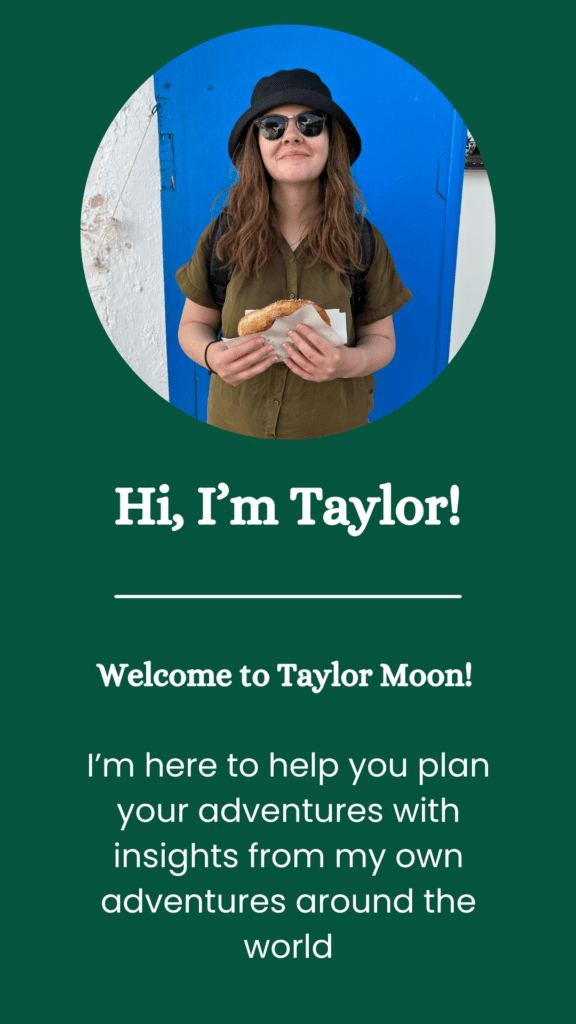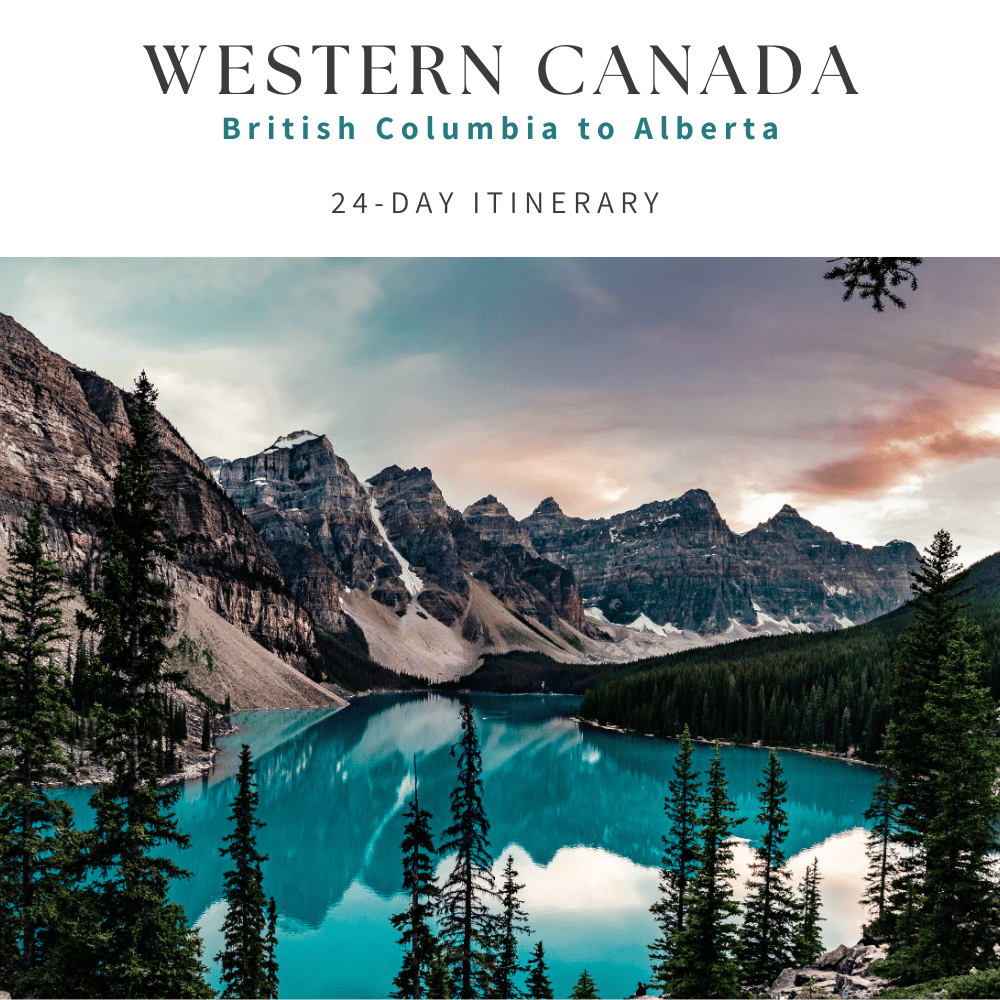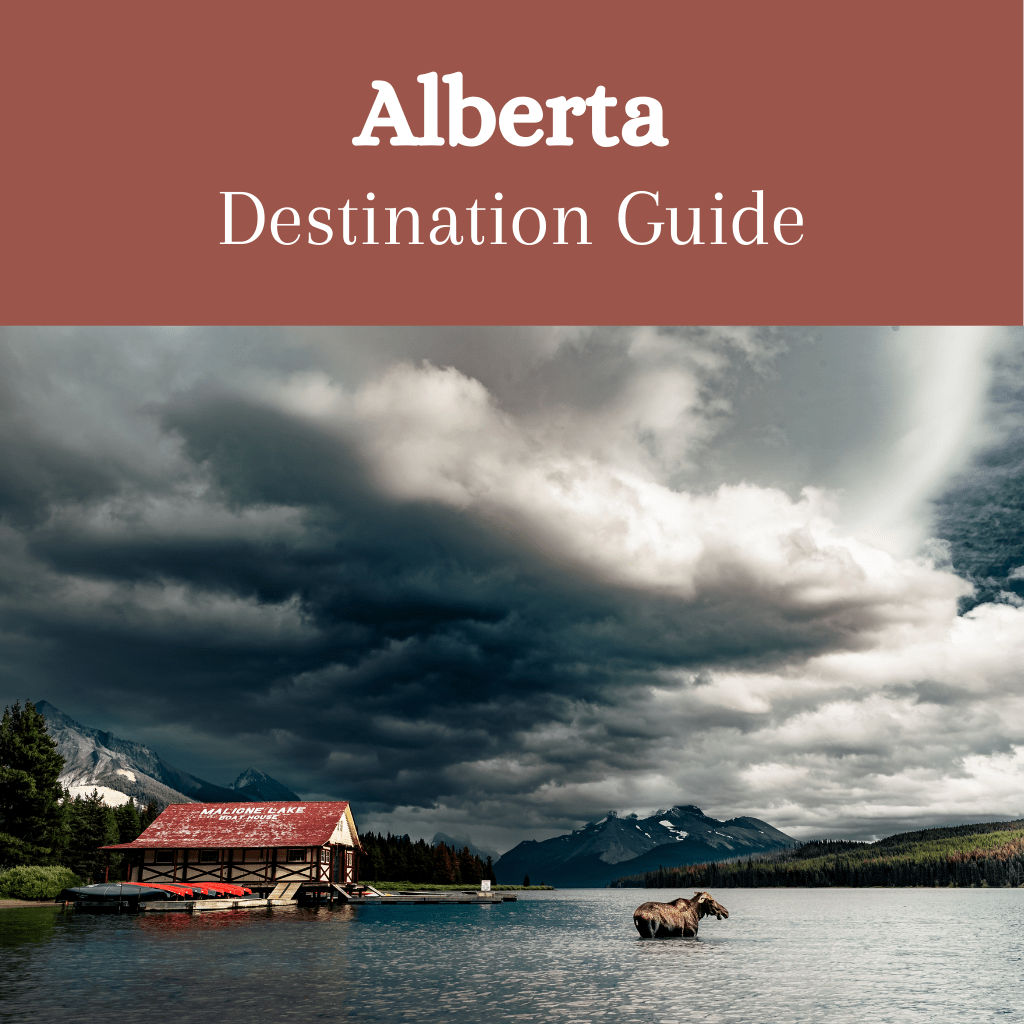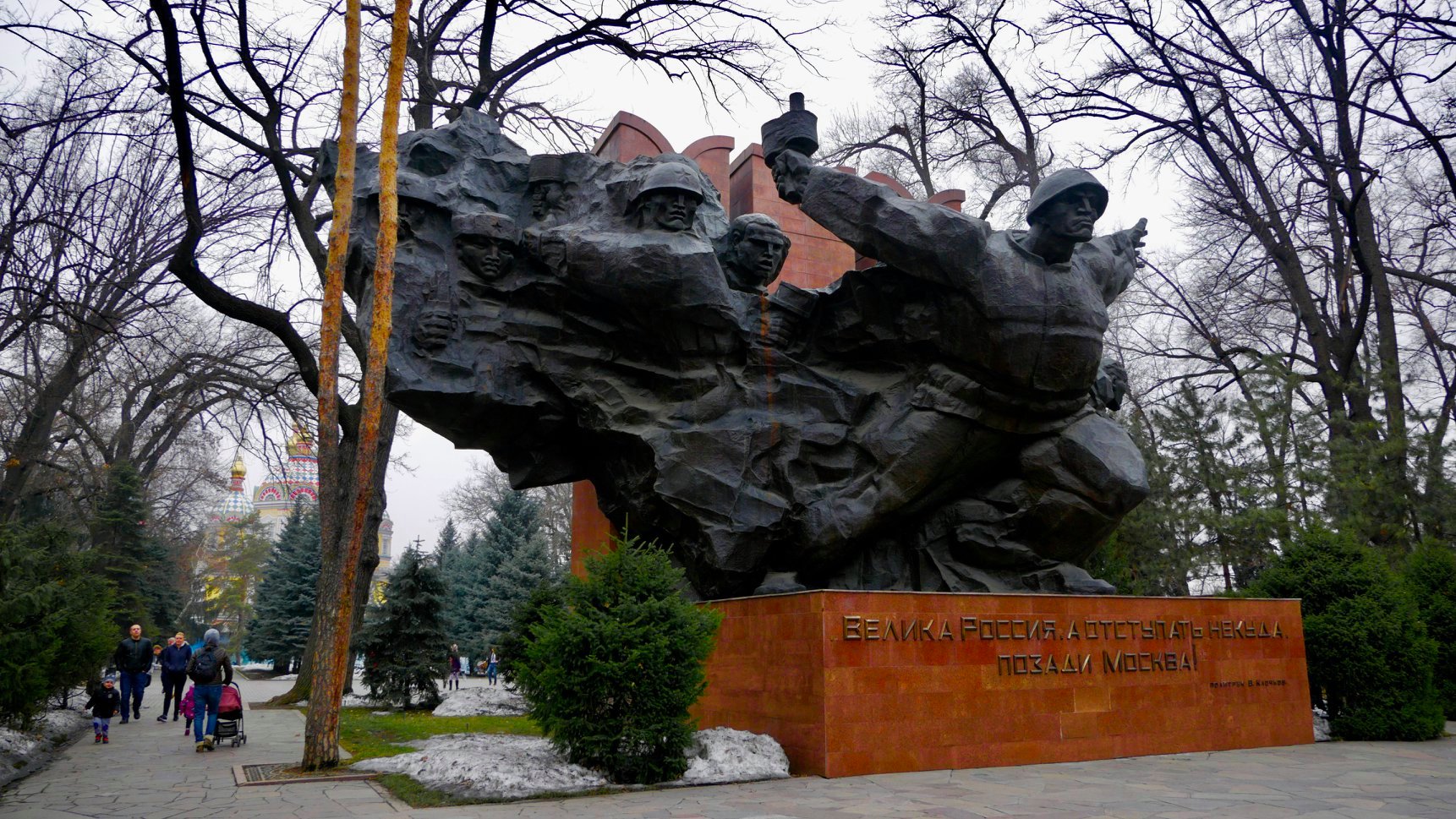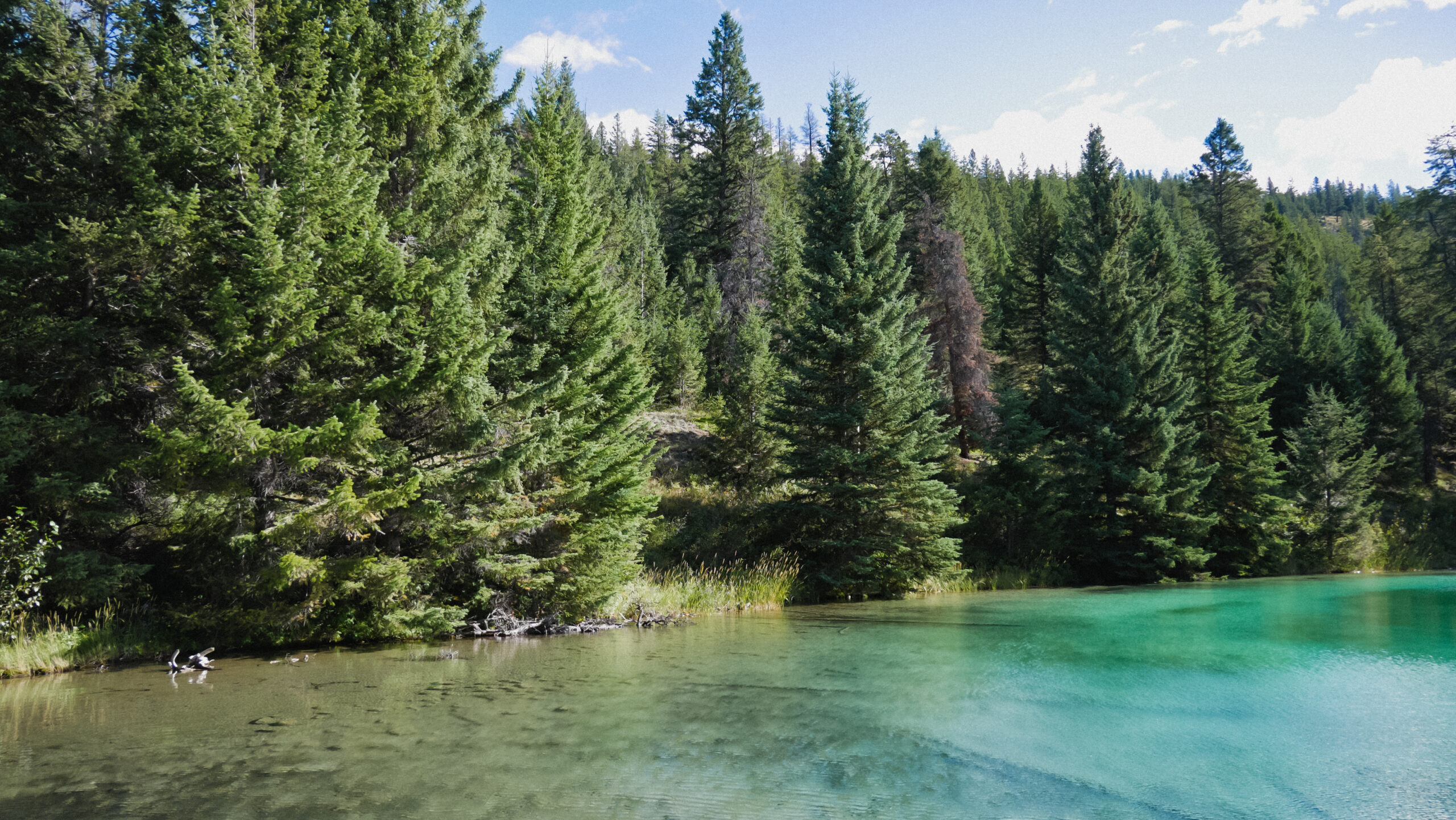History has interested me for as long as I can remember. How the human race has committed atrocities, and how we learn from the mistakes of others. How people are able to rise up against the odds, and prevail. KarLag is an example of one of these atrocities.
What was KarLag?
KarLag (short for Karaganda Corrective Labor Camp) was established in 1931. It was one of Stalin’s largest gulag labour camps in the USSR, and was created to establish a large agricultural base using free labour. People were arrested, and sent to KarLag from all over the USSR. After World War II, Soviet prisoners of war or “enemies of the people” were also sent to this Gulag in the Karaganda region. The prisoners worked for no more than a bowl of soup a day.
Children of those considered “enemies of the people” were also forced to work in the labour camp. Many of the children who were detained in the camp did not survive the harsh conditions. Pregnant women and nursing mothers were also sent to the camps. If their children did not die by the age of five, they were sent to the orphanage. The separation naturally caused a lot of despair.
Before the camp ceased operations in 1959, it is estimated over 1 million people passed through.
KarLag was just one of many labour camps in the Soviet Unions gulag system. It was estimated somewhere between 2.3 and 17.6 million people died in a Gulag, before the Soviet Union dissolved. After the USSR fell, this number was adjusted to roughly 1.6 million.
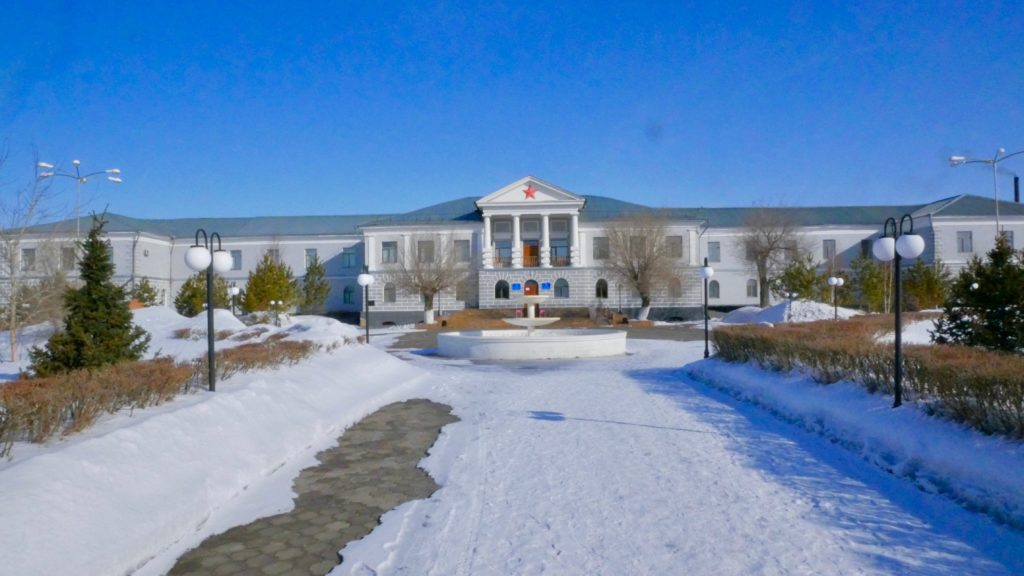
Getting to KarLag
KarLag is actually located in the small village of Dolinka in the Karaganda Region in Kazakhstan. To get to Dolinka you have to make your way to Karaganda. We chose to take the night train from Almaty to Karaganda, arriving before 7 in the morning. Side note: This was probably the nicest train I have ever slept on.
For whatever reason, I thought I read that there was a McDonald’s so I assumed when we arrived early in the morning we would just head there from the station, and wait there until 9:30a.m. as the museum didn’t open until 10 a.m. When we got out of the station, I googled McDonald’s Karaganda with no such luck. I did however find knock-off McDonald’s, Mag&Dak. This was also closed so we decided to just walk down the main street in the dark until we found an open restaurant.
We found a stolovaya where I ordered the enviable pairing of Greenfield’s black tea and plov. After our plov and caffeine, we hungout in the stolovaya and watched the best Central Asian music videos. Instead of watching the music videos, a man one table over watched us. He would stare at us, fall asleep, stare at us, and then fell asleep again until we eventually parted ways.
Around 9:30 a.m. we decided to brace the cold, and call a Yandex. Our driver arrived swiftly and drove at a very slow speed to KarLag. The journey was only supposed to take 20 minutes according to Google Maps, but it took us almost an hour. This should have been a clue to me that these map navigation systems lie in this part of the world, but no.
Our Yandex played a lot of good music, including english music I had never heard of like “Big City Life” by Mattafix, so the journey through the bumpy, desolate roads was fun anyways. The majority of what we saw was empty fields or what seemed like rundown factories.
Eventually we arrived at KarLag. We negotiated with our Yandex to wait for us to take us back to Karaganda (we gave him $20 USD for a half day of his time). Since he had not visited the museum before, he actually decided to join us.
The Museum
The museum had the option of a guided tour in English, but we decided to just walk through the museum and read the English translations.
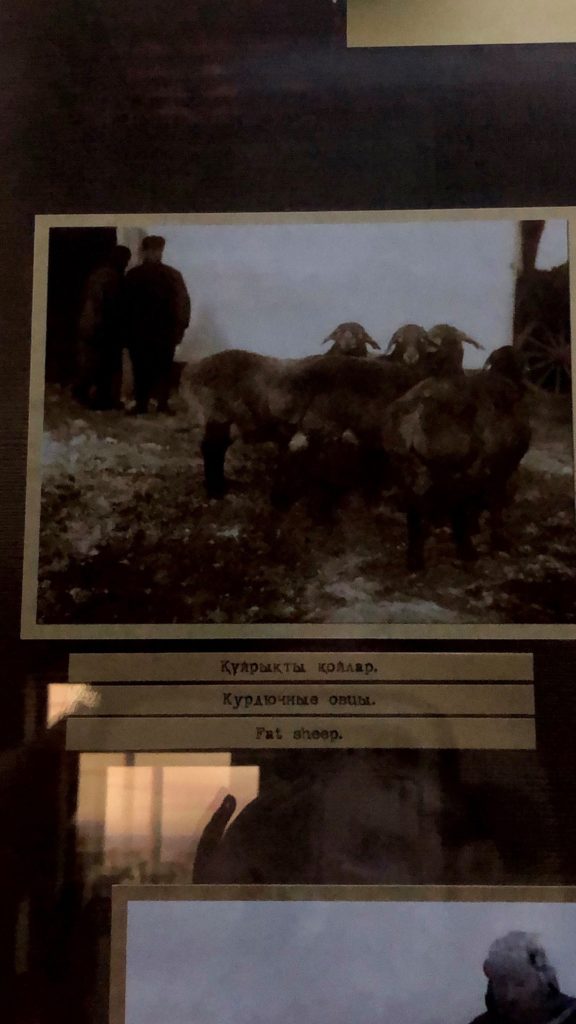
A woman in a red jacket with text on the back that read, “Your banter is bullshit” would point to which room we should enter next in-between her phone calls. In the beginning I started wandering in a different direction, and was promptly told I was going the wrong way.
The museum had murals depicting what happened in the camp, recreated rooms with wax figures such as the dungeons or medical room, and soviet paintings depicting Lenin or Stalin.
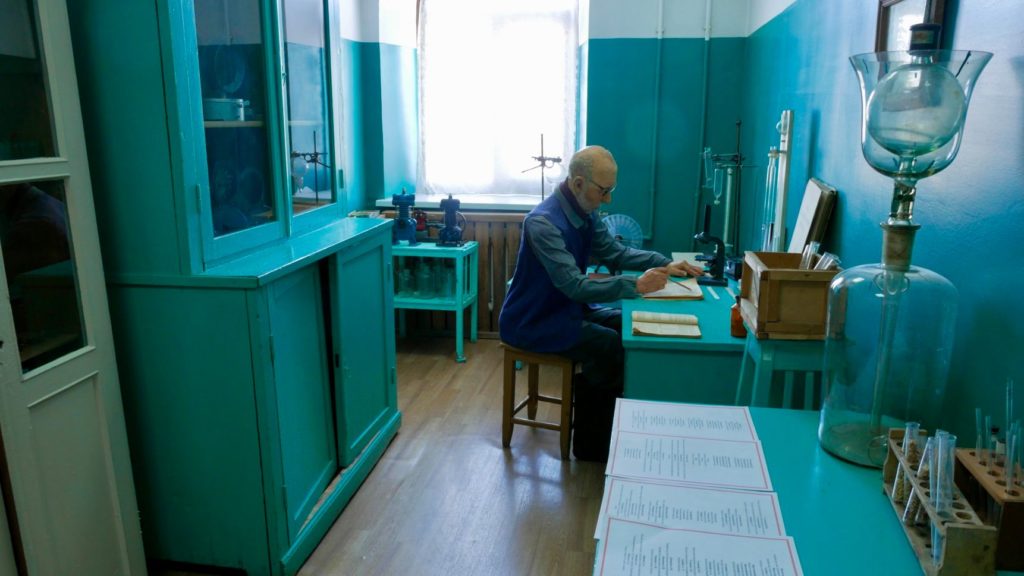
Out back there were statues of Lenin, and a rusting hammer and sickle.
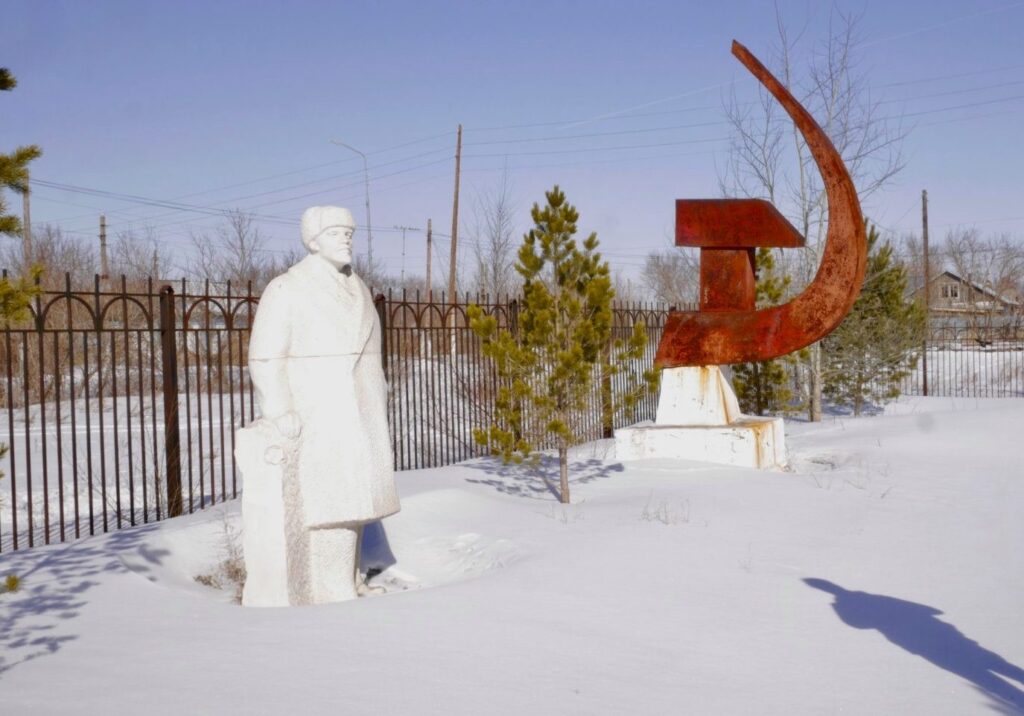
After our stroll around the property, we hopped back in the Yandex for our ride back to Karaganda.
Train to Astana
As we were flying to Bishkek, Kyrgyzstan the next day, we picked up some snacks and water for our train ride to Astana. Before we boarded the train, we watched a few men walk back and forth on the train, unloading what looked to be the contents of one of their homes on to the platform. We saw this on a few different trains and it seemed to be a somewhat common way for people to move.
As it was a short day-train, we booked third class and shared an open compartment with a Kazakh mother and her adult son. As we had the bottom bunks, the son sat down beside me until I accidentally fell asleep and woke up to him in his own bunk. He probably figured it was weird to sit beside a sleeping stranger.
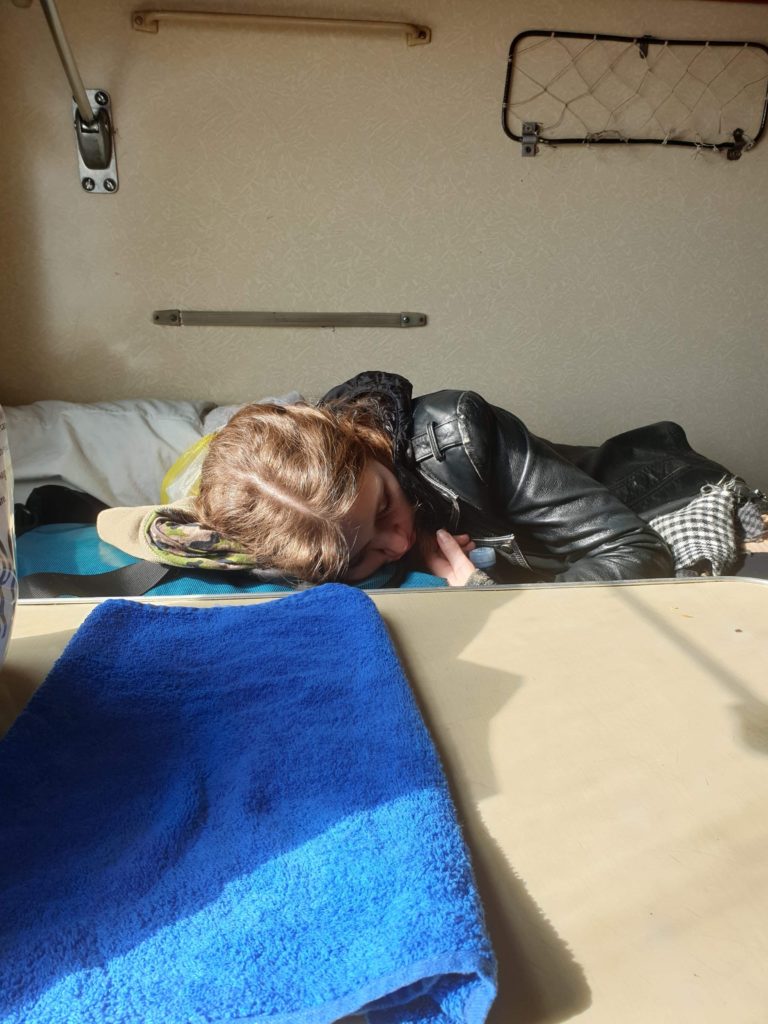
Once we arrived in Astana, we called up a Yandex, and headed to our hotel, King Hotel Astana. As we had a long day of travel, we enjoyed our delicious, free, dinner buffet where I got amped when I saw cream of broccoli soup. My hands were full though so I decided I would go back for round two, but I grossly underestimated the number of people in the room, and they ran out before I had a chance to get my soup.
Though we only had a few days in Kazakhstan, it was a great starting point to our adventure through the Stans. We were fortunate enough to explore natural wonders like Big Almaty Lake and historically significant sights like KarLag. Though KarLag may seem far out of the way, it is worth the trip to gain a greater understanding of the soviet gulag system, its impact on the people of the USSR, and to an extent the reach of the iron curtain.
Further reading on my Kazakhstan adventures
Last post: Traffic Jam at Big Almaty Lake in Winter
First post: First Day in the Stans: Almaty, Kazakhstan
